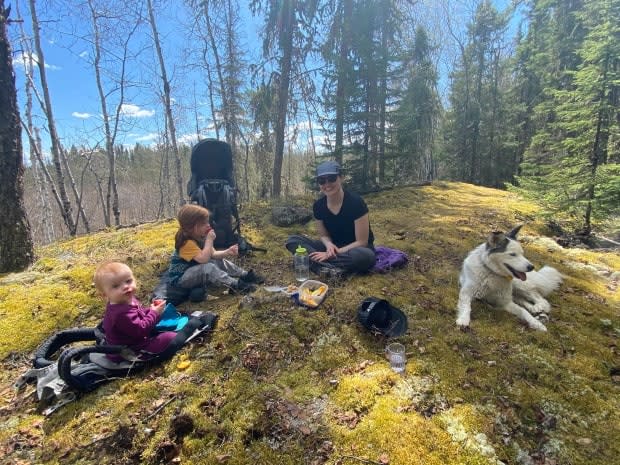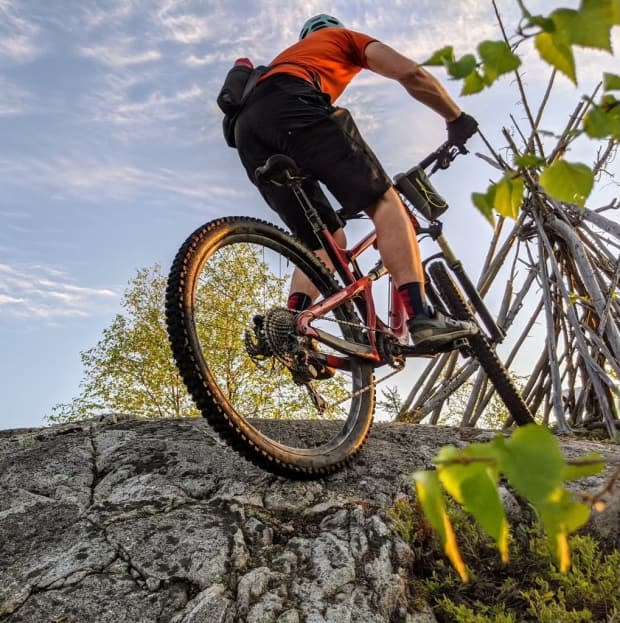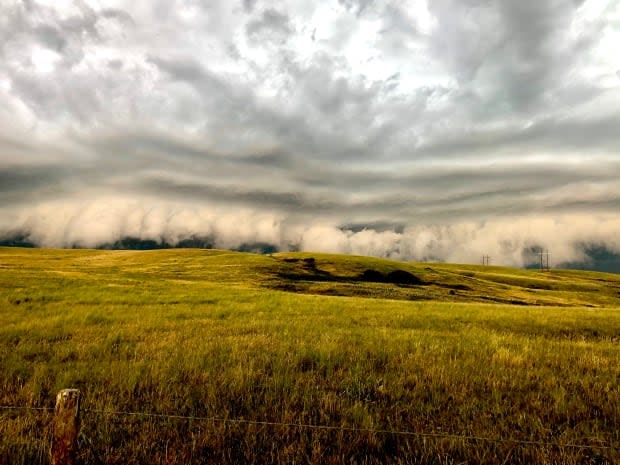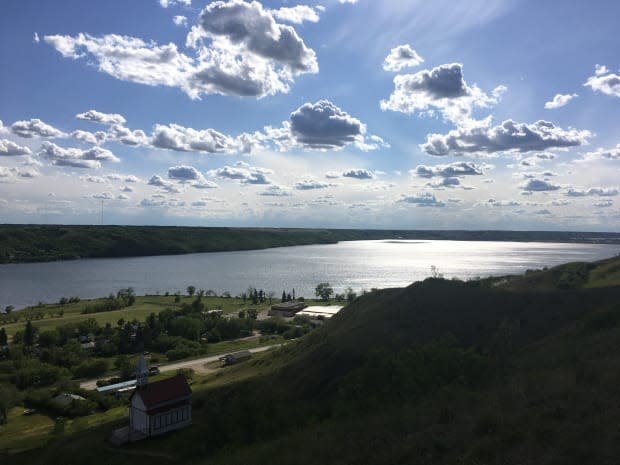3 places to explore this summer in Sask.: La Ronge, Swift Current, Qu'appelle Valley

As we roll into the second summer of the pandemic, many residents are staying closer to home — but that's not such a bad thing considering there's so much to see in Saskatchewan.
CBC's Saskatoon Morning reached out to three locals who live in different parts of the province to find out what makes their section of Saskatchewan so special.
Dan Irvine lives in La Ronge and is with the Boreal Outdoor Recreation Association. He spends his free time in the area mountain biking, trail running, canoeing, hiking and fishing.
"The boreal forest is something that most people in Saskatchewan just don't get to experience on a regular basis," he said. "There's incredible lakes and rivers, big trees and rocky terrain that makes adventuring there completely different than the rest."
Campsites are always close to the water, he said, and there's good front-country camping at Nut Point, Nemeiben and Wadin Bay, or you can take a boat or canoe to go somewhere more secluded.
"There's just an incredible closeness to nature," Irvine said. "When you're in the boreal forest and away from everybody ... it's really easy to feel like you're in the remote wilderness and feeling pretty insignificant."

He has two young children, a four-year-old and one-year-old, and this summer he's looking forward to taking his youngest on his first canoe trip.
His number one tip for taking kids on a canoe trip is to bring lots of snacks, "more than you could predict." And it helps to give the kids something to do in the boat.
"We really like getting a kid-sized paddle, and it seems to make a big difference for the kids to feel like they're contributing, even if they're just dragging the paddle and slowing everybody down," he said.
In the Town of La Ronge, he recommends checking out Robertson's Trading Post, "one of the only true trading posts left." He describes it as "half store, half museum" with art, furs and a variety of other things.
The town's tourism centre also recently brought in a variety of local art and food for sale.
Southwest Sask.: 'Beautiful and unexpected'
Kristen Simonson lives just outside of Swift Current. She is a science teacher with a passion for outdoor education and runs an outdoor program called Sage Creek Prairie School.
She says the southwest corner of the province is a hidden gem.
"There's a lot here to see that people don't see when they drive through. And I think if you take some time and sort of travel around in this neck of the woods, that there's some pretty amazing topography and geology and ecology.… It's a great place."

She especially likes exploring the Great Sand Hills, and recommends people visit Cypress Hills Provincial Park and Grasslands National Park.
She describes the Great Sandhills as "beautiful and unexpected."
"It just comes out of nowhere. You don't think that … you drive around the corner and you're going to see these massive sets of sand dunes."
Simonson says there are also "nooks and crannies" to be found that aren't as popular but are just as beautiful.
A regional park in the area called Pine Cree breaks away from the sparse prairie landscape and has huge spruce trees.
"That's where they found Scotty, the T-Rex," she said.

She notes that wherever you travel in the province, you need to be aware of the safety considerations for the area. In the north, it's important to be bear aware and cognizant that you may be far from help if you're in the backcountry.
In the southwest, there aren't trees for shade, so you need to dress appropriately and make sure you have lots of water, she said.
She said she's looking forward to travelling in the area this summer.
"It's still quite isolated," she said. "You could travel around to each of these places and not see anyone, which makes it a really awesome place to visit if you're trying to get away from it all.… If you were to take a drive out to the sand hills, you might be the only people there, which is pretty cool."
Qu'Appelle Valley: 'There's just so much to explore'
Michelle Brass lives on the Peepeekisis First Nation, only a few minutes away from Qu'Appelle Valley. Her husband has been connected to the area for most of his life, and she's lived there for the past 10 years.
There are four lakes nearby — the Pasqua, Echo, Mission and Katepwa lakes — and the area is rich with beaches, campgrounds and trails for hiking. Brass said she and her family like to take their canoe out on the Katepwa and Mission lakes.
"It is a beautiful, beautiful place to live and spend time in," Brass said. "There's just so much to explore."

She particularly likes hiking in Lebret where Stations of the Cross have been erected on a hillside along with a small chapel, and made a challenge for herself to climb the hill 100 times.
As part of her Indigenous heritage, she says her family hunts and gathers a lot of their food sources. While they don't fish in the four lakes due to pollution, she and her family will travel further afield to fish. They do hunt in the area.
She also likes driving to nearby Duck Mountain for a change of scenery.
"When you get to Duck Mountain, you see it feels a little bit more like you're in the forest," she said. "So without having to travel further north up into the boreal forest of northern Saskatchewan, we feel like we can get that feeling really close to home."


